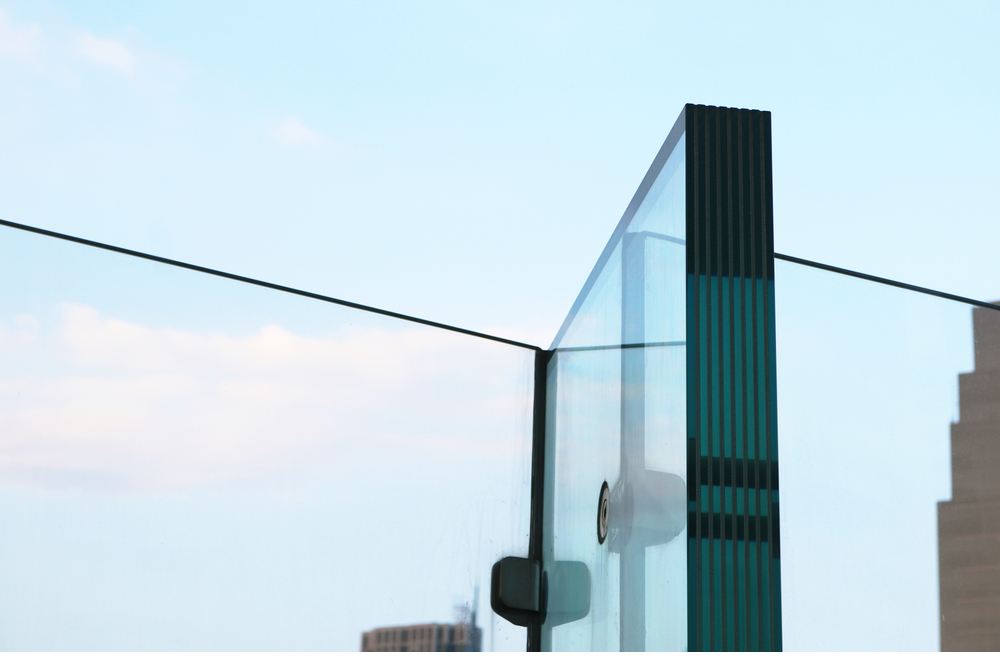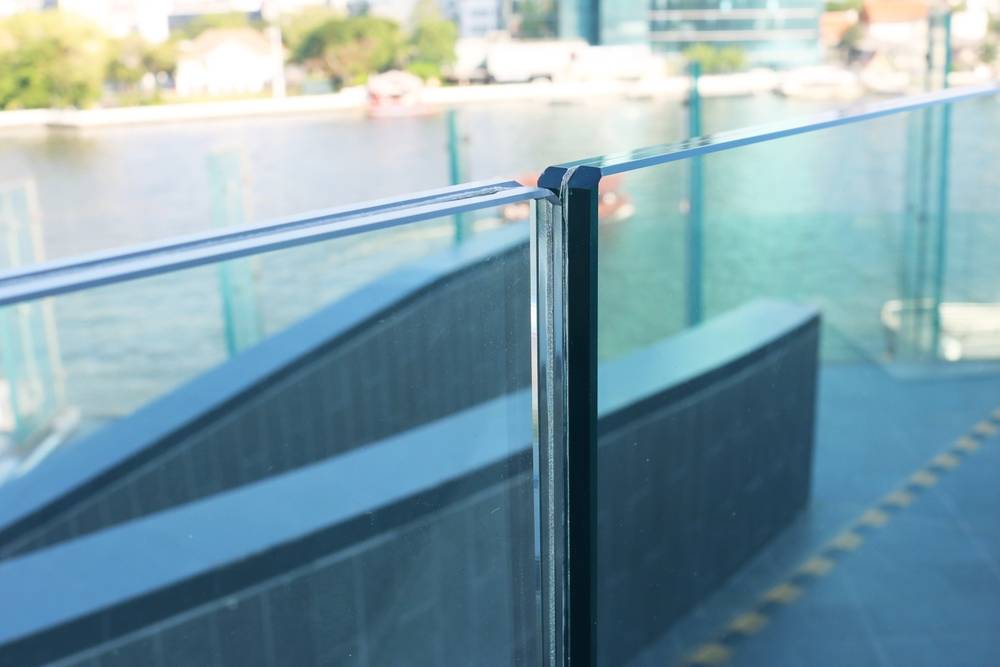Exploring What Laminated Glass Is Used for and Its Benefits
Laminated glass is a type of safety glass that has gained popularity recently due to its numerous benefits. This type of glass is made by sandwiching a layer of polyvinyl butyral, also referred to as PVB, between two or more layers of glass. The layer of PVB acts as an adhesive and holds the glass layers together even when they break. This makes it an ideal choice for applications in a variety of industries and contexts. Silicone membranes and lamination tools are also important in the lamination industry. In this blog, we will explore what laminated glass is used for and its many benefits, including safety, security, noise reduction, and energy efficiency.
What Is Laminated Glass?
Laminated glass is a type of safety glass made up of two or more layers of glass that are bonded together with a layer of polyvinyl butyral (PVB) or another type of interlayer material. The interlayer acts as an adhesive, which holds the glass layers together, even if the glass gets shattered. This makes laminated glass a popular choice for applications where safety and security are a priority, such as in automobiles, buildings, and other structures.
Laminated glass has become increasingly important in modern construction because it provides many benefits that traditional glass does not offer. For example, laminated glass is more durable than standard glass, as the interlayer holds the glass together, preventing it from breaking into sharp, dangerous pieces. Additionally, laminated glass can withstand greater impact, making it ideal for use in areas prone to severe weather, like hurricanes and tornadoes.
What Is Laminated Glass Used For?
Overall, laminated has many uses thanks largely to its safety, security, noise reduction, and energy efficiency benefits. These practical uses and benefits make laminated glass popular for various applications, from automobiles to high-rise buildings.
Laminated Glass for the Automotive Industry
The auto industry uses laminated glass in a variety of applications, primarily for safety and security purposes. Some ways laminated glass is used in the auto industry include windshields, side and rear windows, sunroofs and panoramic roofs, and headlights. Windshields in most modern vehicles are made of laminated glass. The interlayer material helps to hold the glass together in the event of a collision or impact, preventing it from shattering into dangerous shards. Some vehicles also use laminated glass for side and rear windows, particularly with high-end or luxury models. Laminated side and rear windows can offer improved security, noise reduction, and better protection against UV radiation.
Laminated Glass for the Architectural Industry
The architectural industry uses laminated glass in a variety of applications, primarily for safety, security, and aesthetic purposes. Some ways that laminated glass is used in the architectural industry include hurricane-resistant windows, soundproofing, decorative glass, skylights, and canopies. Laminated glass is commonly used for hurricane-resistant windows, where it can provide increased protection against high winds, flying debris, and water infiltration. Laminated glass can offer improved sound insulation compared to traditional glass, making it ideal for use in applications where noise reduction is important, such as airports and hotels. Skylights and canopies also commonly use laminated glass, improving safety and security while protecting against UV radiation and the elements.
Laminated Glass for the Safety & Security Industry
The safety and security industry uses laminated glass in various applications to protect against forced entry, ballistic threats, and explosions. Some examples of how laminated glass is used for safety and security include blast-resistant glass, forced entry protection, and anti-graffiti glass. Laminated glass can be designed to resist the effects of explosions caused by bombs or other explosive devices. Laminated glass can also offer increased protection against forced entry like windows, doors, and storefronts, making it more difficult for intruders to break through. The interlayer material in the laminated glass can also provide a barrier that makes it easier to remove graffiti without damaging the underlying glass surface.
What Are the Benefits of Laminated Glass?
Laminated glass offers a wide range of benefits, making it a popular choice in various applications. Here are some of the key benefits of laminated glass:
Safety & Security
Laminated glass is much safer than traditional glass because the interlayer material helps hold the glass together in case of a break, preventing it from shattering into dangerous shards.
Sound Insulation
Laminated glass can also provide improved sound insulation compared to traditional glass, offering an ideal solution when noise reduction is valued.
Energy Efficiency
Laminated glass can help improve buildings’ energy efficiency by reducing the amount of heat transfer through the glass. This can help to reduce energy costs and improve overall comfort.
UV Protection
Laminated glass can also help protect against UV radiation, which may otherwise cause fading or damage to furniture, artwork, and other materials.
The Importance of Silicone Membranes for the Lamination Industry
Silicone membranes play a key role in the glass lamination industry, particularly in the production of laminated glass. The membranes apply even pressure to the layers of glass during the lamination process. This helps to ensure that the interlayer material is evenly distributed, resulting in a strong and consistent bond between the glass layers. Silicone membranes can also withstand the high temperatures necessary for the glass lamination process, making them an ideal choice for heating and compressing the glass layers. Silicone membranes also have a long lifespan, which means they can be used for multiple lamination cycles. This makes them a cost-effective choice for the glass lamination industry because they do not need to be replaced as frequently as other types of membranes. Without silicone membranes, it would be much more difficult to produce high-quality laminated glass products to meet the demanding requirements of various industries.
Smartech Silicone Membranes and the Lamination Process
The silicone membranes manufactured by Steinbach for glass lamination purposes are durable and more cost-effective than replacements from the original laminator or oven manufacturer. These membranes come with vertically or horizontally oriented vacuum valves, suitable for any oven configuration. Additionally, the membranes also offer the option of thermal couple pass-throughs. Contact us today to discuss what silicone membrane and lamination tools would work best for your next glass lamination project.

Looking for More Information?
Check out our Resources or Contact Us

